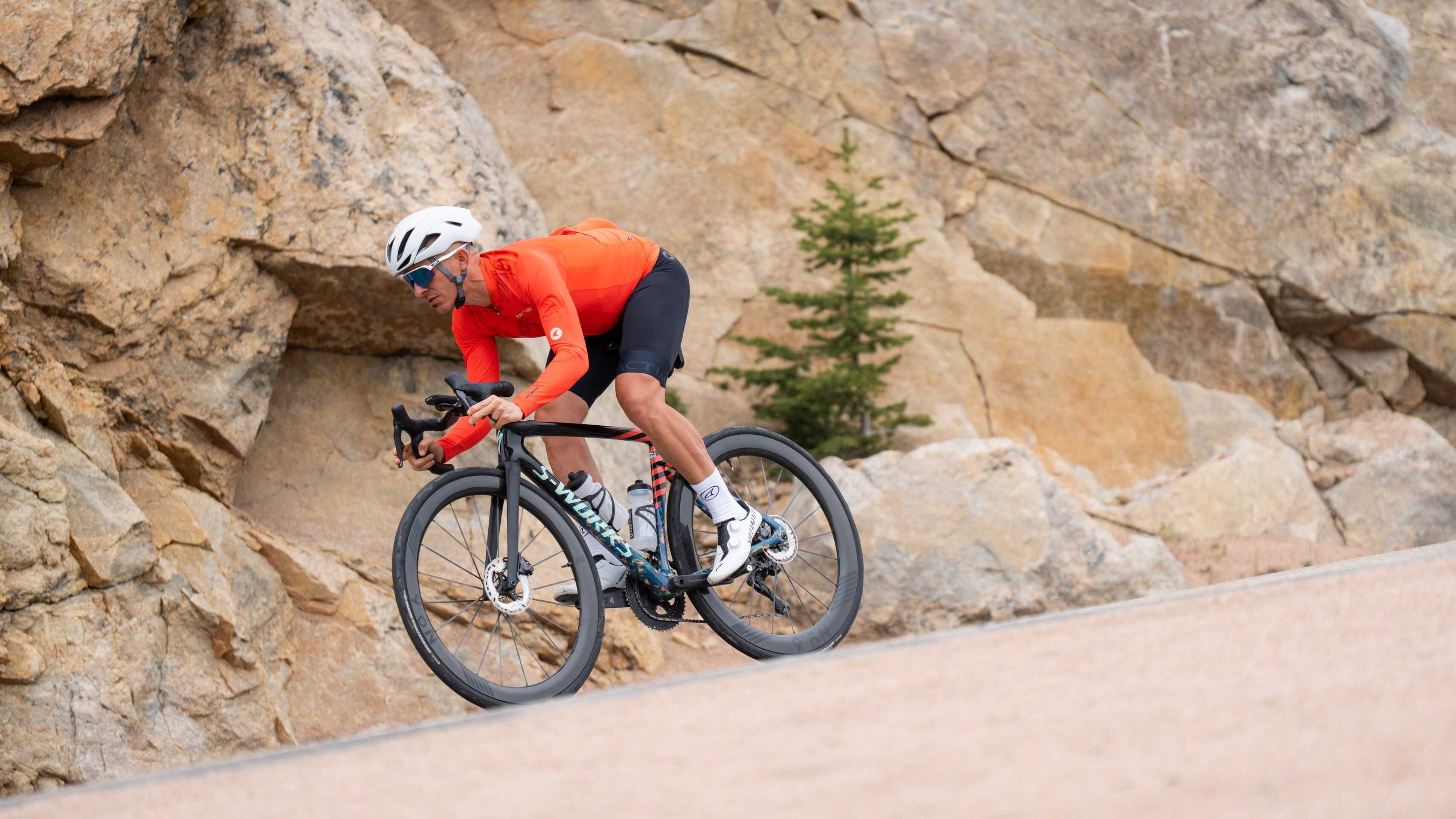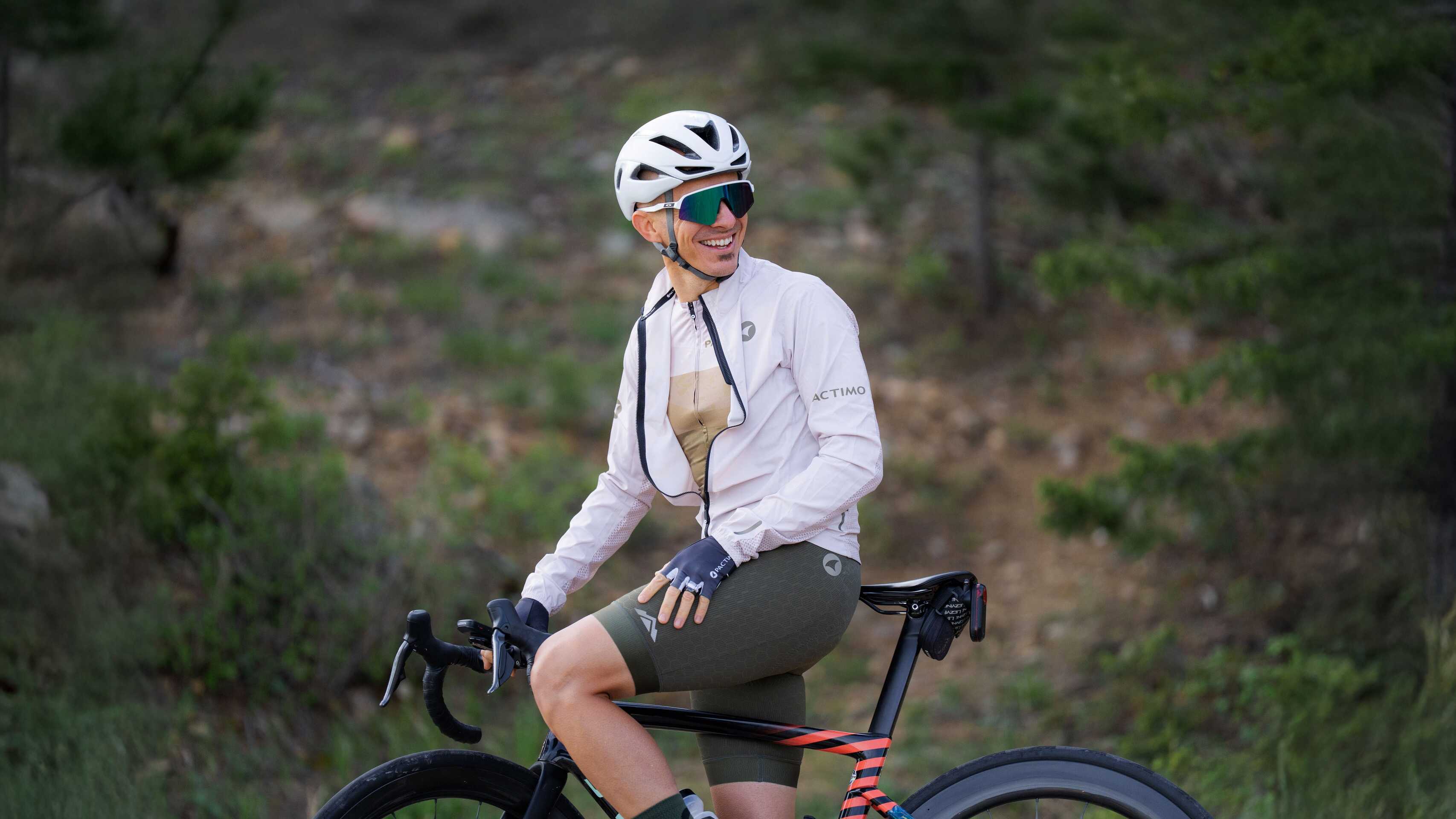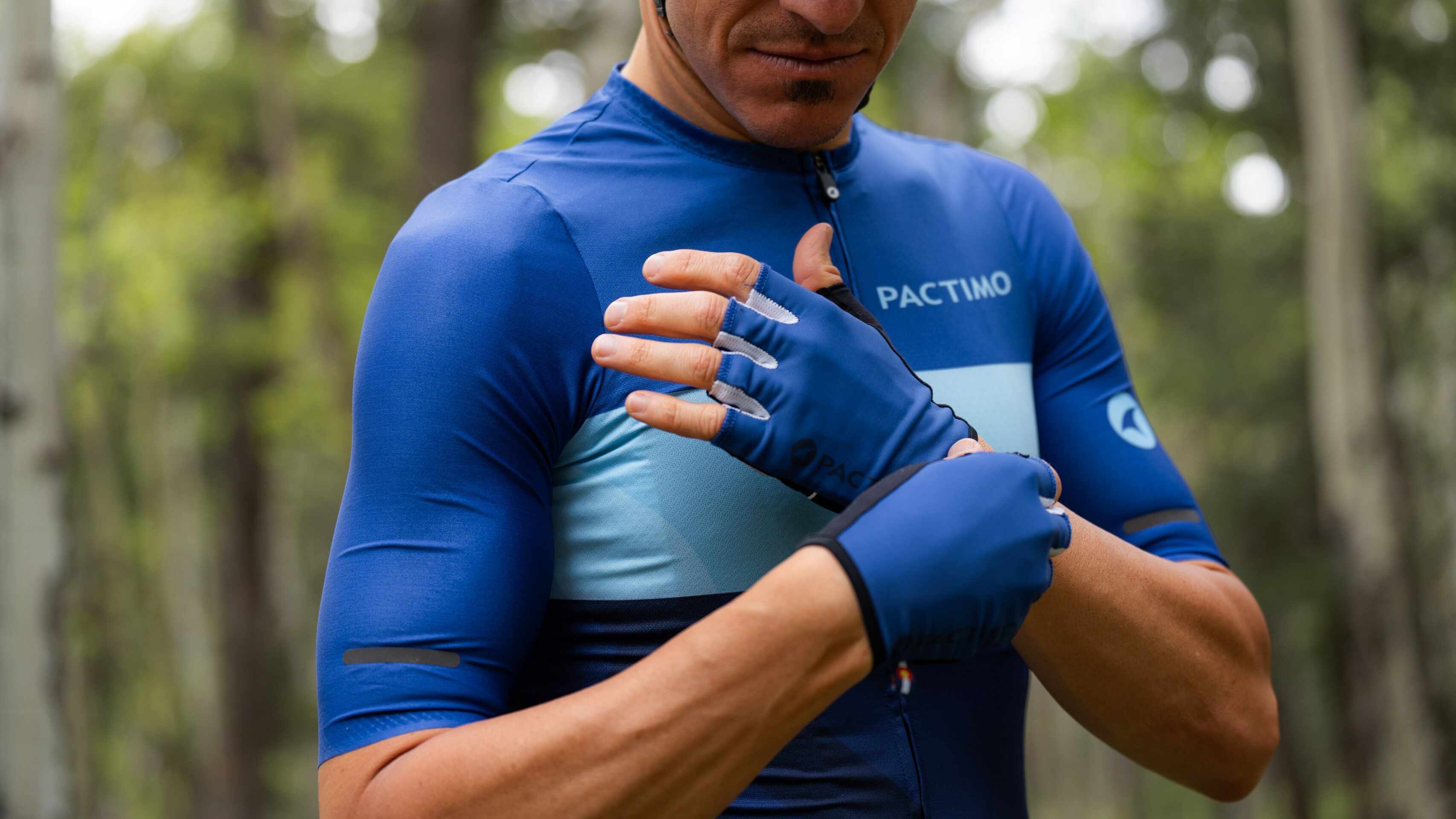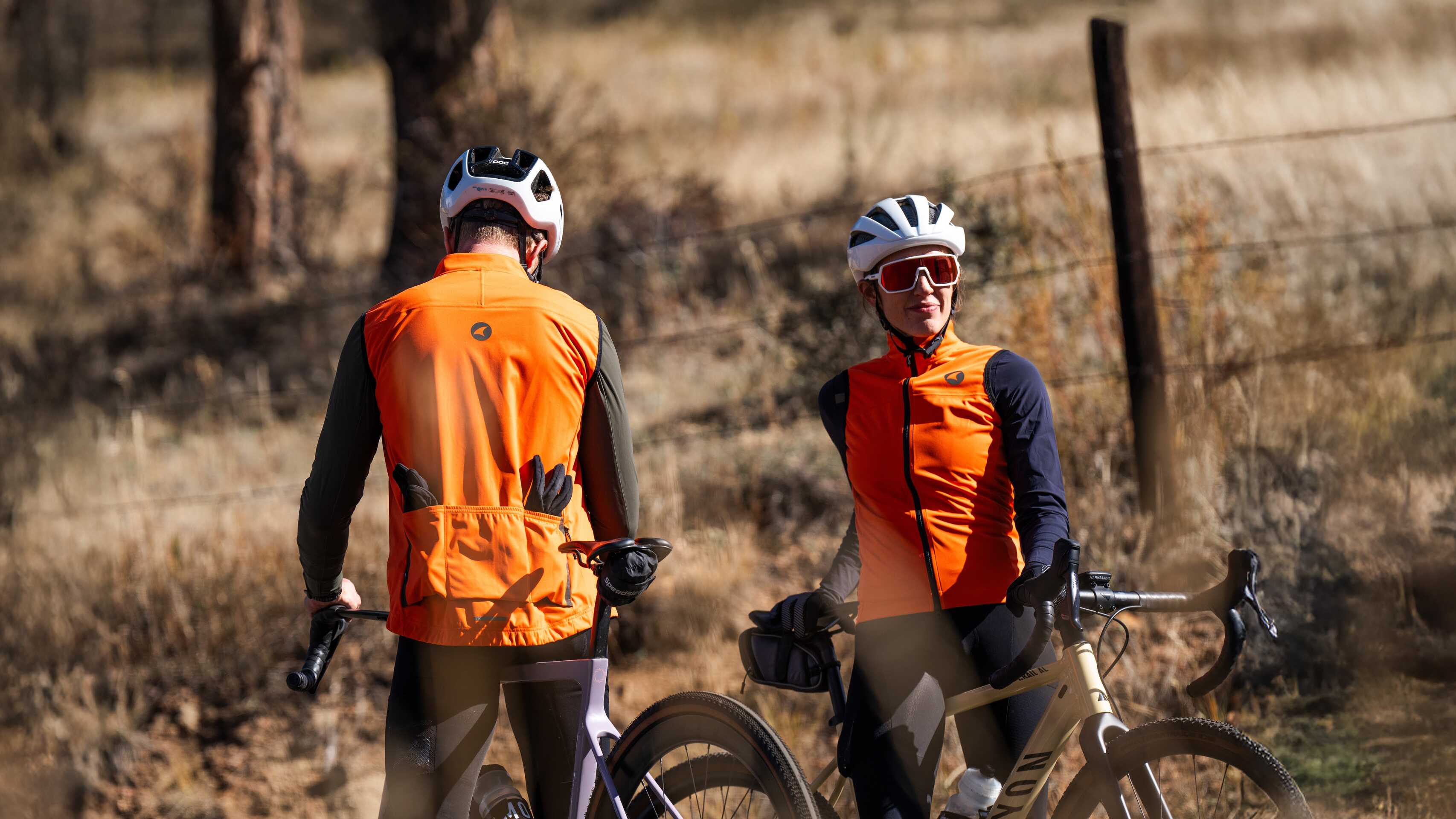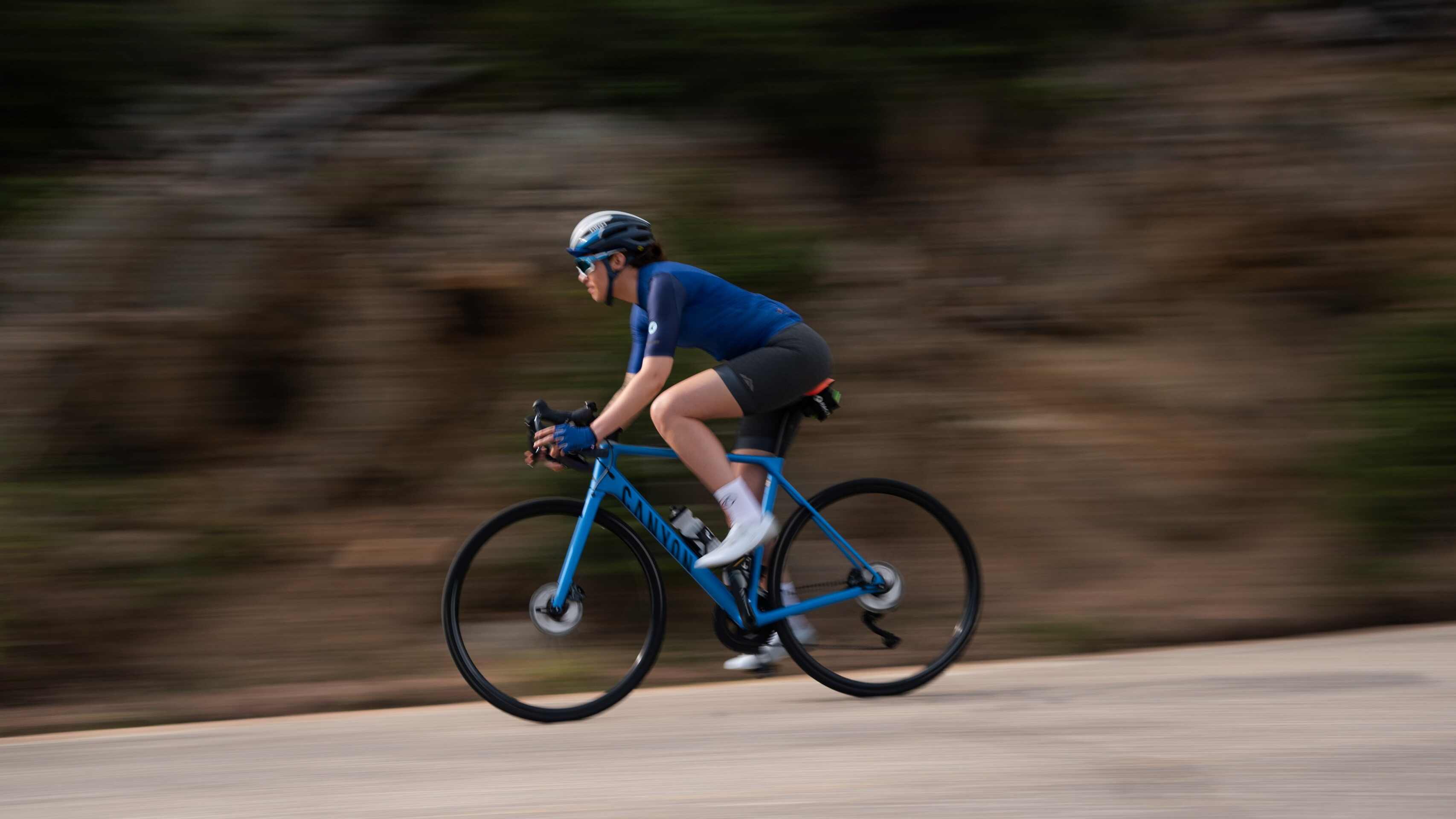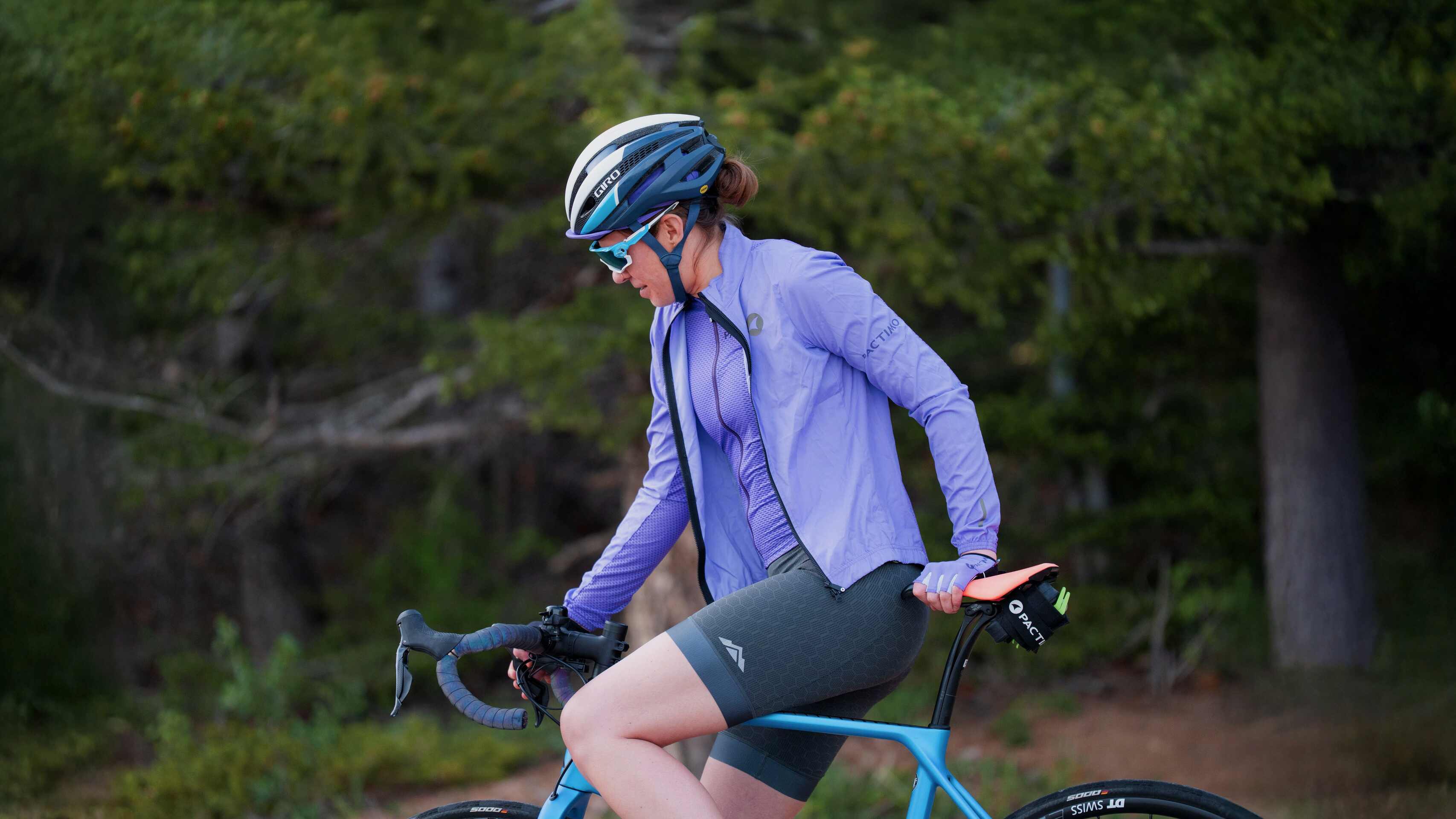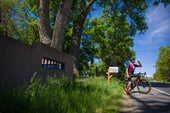In general, recovery rides promote blood flow which helps decrease inflammation, remove waste products, and loosen stiff, sore muscles.
By Alison Powers, ALP Cycles Coaching
The most important aspect to riding and racing success is hard training. The second most important aspect to riding and racing success is recovery; for you can’t ride hard, unless you are rested and ready to do so. But, how do you know when you are rested and ready to ride hard?
First, we must define what riding hard or doing a hard workout means. People have different opinions, but for us at ALP Cycles Coaching, a hard workout is one with intervals at Lactate Threshold and/or above, or endurance training rides with a Training Stress Score (TSS) of 200 or more (within 3.5hrs).
There are a couple of ways to know when your body is ready for a hard workout. 1- The ‘sensations’. How are your energy levels? Are you motivated to ride hard? When you lay in bed, do you feel tired? Does riding hard, feel like a struggle? What is your resting heart rate? There are signs and symptoms your body gives you, and if you are good at listening to your body, then you know when you are ready to ride hard again or perhaps need another recovery day. However, most people are not good at listening to their bodies. Thus, another way to know if you are recovered and ready to ride hard again is the data. If you use TrainingPeaks or WKO, you can look at your training load and your training stress balance (TSB). If your TSB is below -15, there is a good chance you need some rest and recovery before riding hard again. Secondly, if you are doing a VO2 workout and are not hitting the numbers, then shut it down, stop the workout and head home. You’re tired. If you are hitting the numbers and finishing the workout, then all signs show that you are rested and ready to ride hard.
Rest is more important that many people give it credit for. A recovery ride 1-2 times a week is crucial. In general, recovery rides promote blood flow which helps decrease inflammation, remove waste products, and loosen stiff, sore muscles.
For a recovery ride to be productive it has to be an easy, mellow, short ride. If you ride any harder than “recovery pace” (zone 1 >55% of LT) you are putting a training stress on your body instead of recovering.
So, to answer the question above—if you go an entire week and not feel good then I’m guessing that you are not resting hard enough. You’re stuck in the middle of half ass resting and half ass training.
ABOUT THE AUTHOR
Alison Powers only recently retired from cycling, finishing her final season on the UnitedHealthcare Women’s Team. Her career has spanned a wide array of wins, including the 2013 USA Cycling Professional Criterium National Championship where she won in memorable fashion by soloing after an early breakaway that obliterated the pro women’s peloton. Other standout results during the 33-year-old’s 2013 season include the win at Redlands Bicycle Classic, second at the Tour of Elk Grove, third at the US National Road Championship and the US National Time Trial Championship, and stage wins at Cascade Classic, Tulsa Tough, Tour of the Gila and Redlands Bicycle Classic. Hailing from Fraser, Colorado, Powers has been racing bikes professionally for eight years and is a true athlete with her career beginning as a teenager in mountain bike racing. In her mid 20s, she added in alpine ski racing before switching over to the road. In addition to being the current Criterium National Champion, Powers has two other national championships (Time Trial, Team Pursuit) and 2 NRC titles (2009, 2013).
